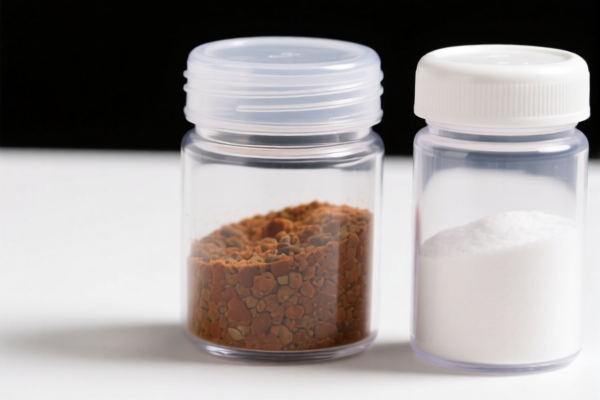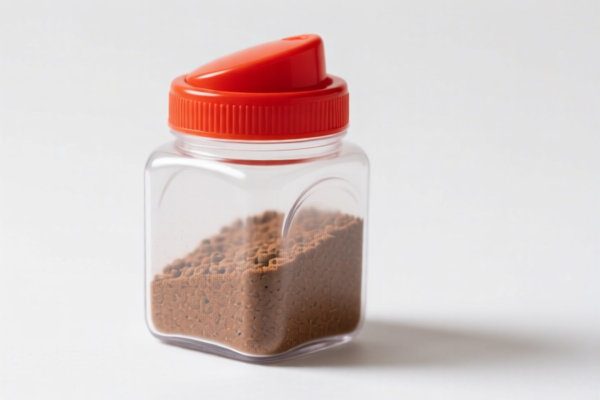| HS Code | Official Doc | Tariff Rate | Origin | Destination | Effective Date |
|---|---|---|---|---|---|
| 3923300090 | Doc | 58.0% | CN | US | 2025-05-12 |
| 3923500000 | Doc | 60.3% | CN | US | 2025-05-12 |
| 3918905000 | Doc | 59.2% | CN | US | 2025-05-12 |
| 7326908688 | Doc | 82.9% | CN | US | 2025-05-12 |




HS Code Classification for "PLASTIC SEALED JAR"
Based on the provided reference data, here's a classification breakdown for "PLASTIC SEALED JAR". It's important to note that the precise HS code depends on the specific characteristics of the jar (e.g., its use, thickness, and exact plastic type).
Here are potential HS codes, with explanations:
-
3923300090: Articles for the conveyance or packing of goods, of plastics; stoppers, lids, caps and other closures, of plastics: Carboys, bottles, flasks and similar articles Other
- 39: Plastics and articles thereof. This chapter covers a wide range of plastic products.
- 23: Articles for the conveyance or packing of goods. Specifically targets items used for containing or transporting goods.
- 30: Carboys, bottles, flasks and similar articles. This sub-heading is a good fit if the jar is primarily used for containing liquids or solids for transport or storage.
- 0090: Other. This indicates it doesn't fall into more specific categories within 392330.
- Tax Rate: Base Duty: 3.0%, Additional Duty: 25.0%, Post 2025.4.2 Additional Duty: 30%. Total: 58.0%
-
3923500000: Articles for the conveyance or packing of goods, of plastics; stoppers, lids, caps and other closures, of plastics: Stoppers, lids, caps and other closures
- 39: Plastics and articles thereof.
- 23: Articles for the conveyance or packing of goods.
- 50: Stoppers, lids, caps and other closures. If the jar includes a plastic lid or sealing mechanism as an integral part, this code might be applicable.
- 0000: Other.
- Tax Rate: Base Duty: 5.3%, Additional Duty: 25.0%, Post 2025.4.2 Additional Duty: 30%. Total: 60.3%
Important Considerations & Recommendations:
- Material Composition: Confirm the exact type of plastic used in the jar's construction. Different plastic types could influence the correct HS code.
- Primary Use: Is the jar designed for general packaging, or a specific application (e.g., food, chemicals, cosmetics)? This can help narrow down the classification.
- Sealing Mechanism: Is the seal a separate component, or an integral part of the jar's design?
- Declaration Accuracy: Ensure the description on your customs declaration accurately reflects the jar's characteristics.
- Post-April 2, 2025 Tariffs: Be aware of the increased additional tariffs taking effect after April 2, 2025.
- Certification: Depending on the jar's intended use (e.g., food contact), you may need to provide relevant certifications (e.g., FDA compliance).
- Single Declaration: If the jar and lid are declared as a set, the HS code should reflect the primary function of the set.
Disclaimer: This information is for general guidance only. The final HS code determination rests with customs authorities. It is recommended to consult with a licensed customs broker or seek an official binding ruling from your local customs office to ensure accurate classification and compliance.
Customer Reviews
The page is very informative, but I wish the images of the plastic jars were labeled more clearly. Still, the HS code details are spot-on and worth the read.
The section about the additional tariffs after April 2, 2025 was really useful. I didn't know that would affect my export costs, so this site saved me from a potential mistake.
I found the information on the 3923500000 code helpful, especially the note about including lids or closures. It clarified why some jars might fall under different HS codes.
The HS code 3923300090 was exactly what I needed for exporting plastic seasoning jars. The detailed breakdown of the tariff rate and classification made it easy to understand.